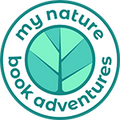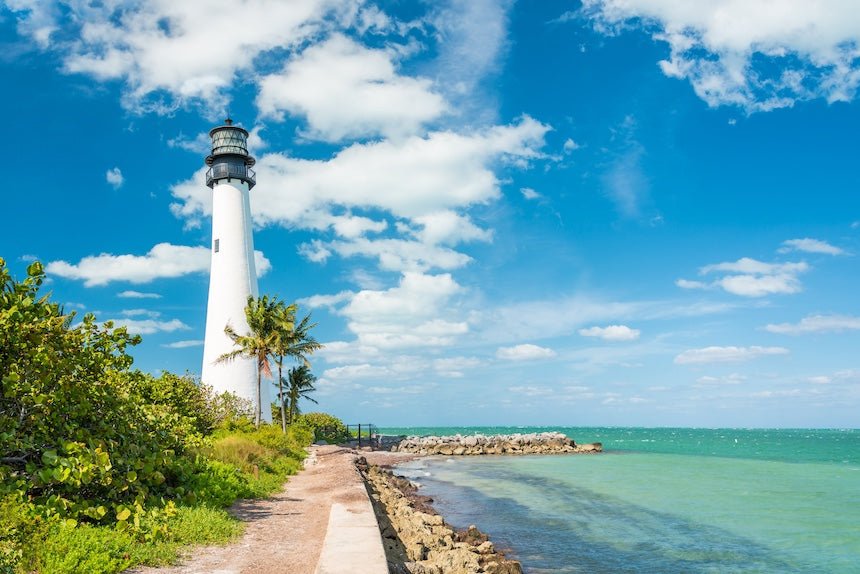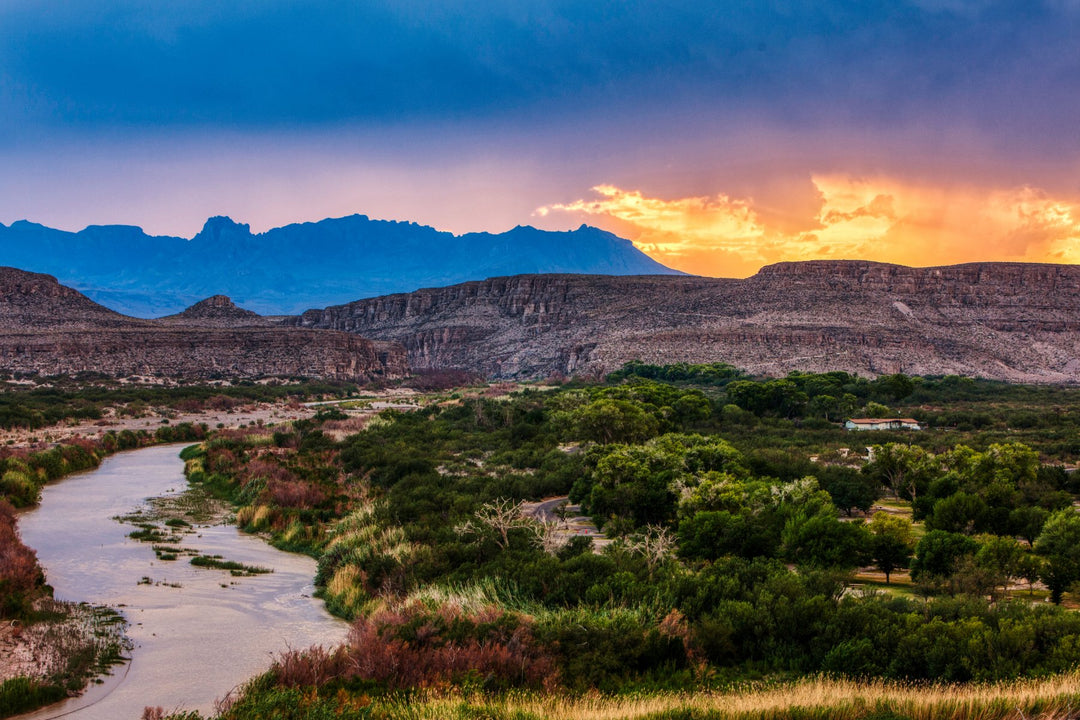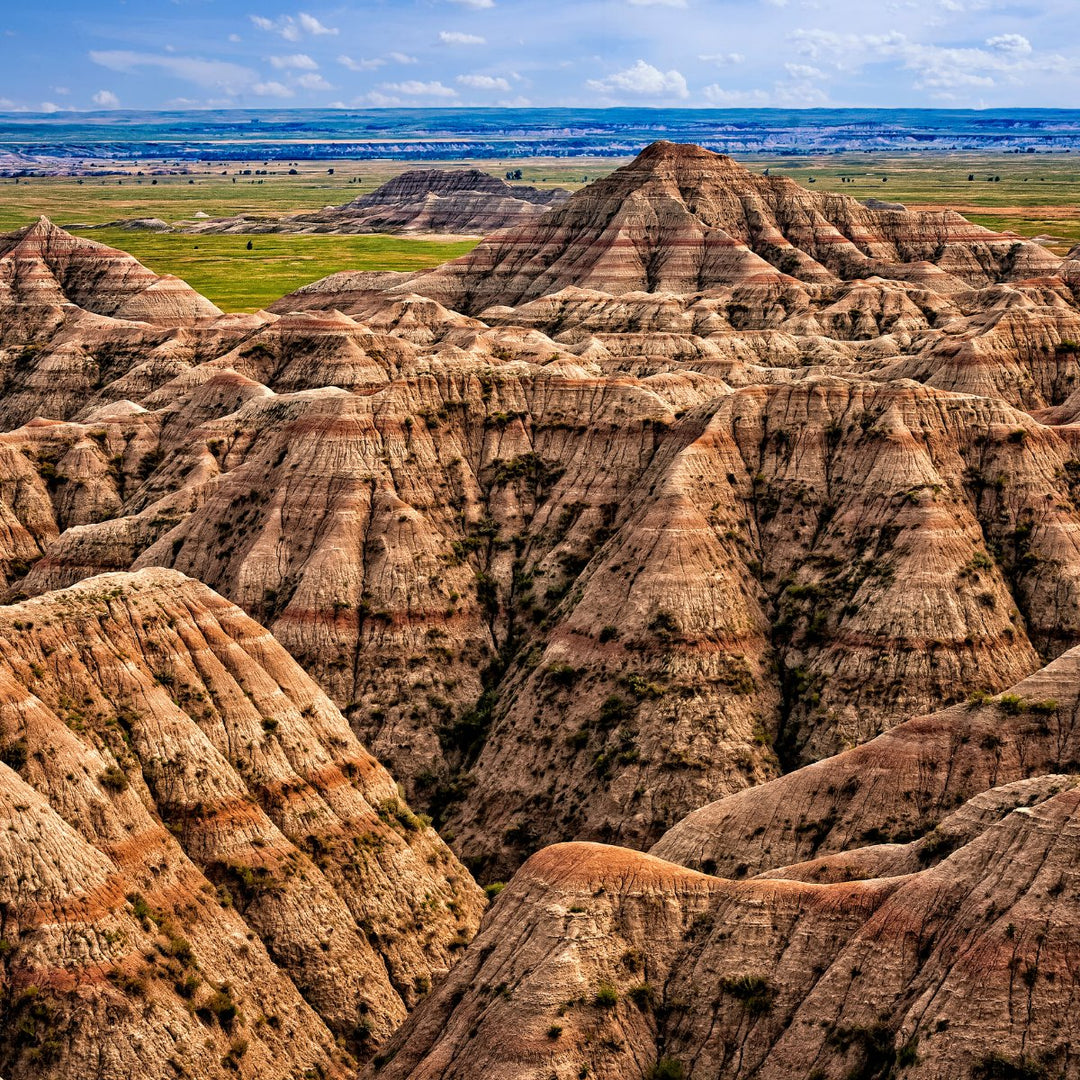Big Bend National Park: Where Adventure Meets Vast Wilderness
Big Bend National Park, nestled along the Texas-Mexico border, is a rugged, untamed wilderness offering unparalleled landscapes and a true sense of isolation. With its dramatic canyons, meandering river, and star-studded night skies, Big Bend is a haven for adventurers and nature lovers.
Best Time to Visit:
The ideal time to experience Big Bend National Park depends on your preferences and tolerance for extreme temperatures:
Best Time to Start Planning Your Trip:
For a successful and stress-free visit to Big Bend National Park, it's recommended to start planning at least six to nine months in advance, particularly if you intend to visit during the popular fall and spring months. Planning well ahead allows you to secure accommodations, camping permits, and guided tours, ensuring you have the best experience possible.
Best Places to Stay:
Big Bend National Park offers various accommodation options to suit different preferences:
In the heart of the Chihuahuan Desert, Big Bend National Park is a rugged oasis waiting to be explored. Start planning your journey to this remote wilderness, where adventure meets boundless beauty, and the natural world reigns supreme.
When visiting Big Bend National Park in southwestern Texas, you'll find several other parks and natural areas in the region that offer unique and complementary experiences. Here's a list of other parks and places to consider exploring:
- Big Bend Ranch State Park: Adjacent to Big Bend National Park, this state park offers a wild and rugged desert landscape, with opportunities for hiking, camping, and river activities along the Rio Grande. The Solitario and Madera Canyon are notable features.
- Davis Mountains State Park: Located to the north of Big Bend, this state park offers a cooler and forested mountain environment, a stark contrast to the desert below. Explore hiking trails, enjoy stargazing at the McDonald Observatory, and spot wildlife such as deer and javelina.
- Guadalupe Mountains National Park: To the northwest of Big Bend, Guadalupe Mountains National Park boasts the highest peak in Texas, Guadalupe Peak. Hike to the summit for panoramic views and explore rugged canyons and unique desert ecosystems.
- Seminole Canyon State Park and Historic Site: Situated to the east of Big Bend, this state park is known for its ancient rock art, including some of the oldest pictographs in North America. Take a guided tour to learn about the area's cultural and archaeological history.
- Chihuahuan Desert Nature Center and Botanical Gardens: Located in Fort Davis, this center offers an opportunity to explore desert flora and fauna through interpretive trails and botanical gardens. It's a great place to learn about the unique ecosystems of the Chihuahuan Desert.
- Amistad National Recreation Area: To the southeast of Big Bend, this recreation area encompasses the sprawling Amistad Reservoir along the Rio Grande. Enjoy boating, fishing, and water-based activities on the reservoir or explore the nearby Diablo East and Rough Canyon areas.
- Black Gap Wildlife Management Area: Adjacent to Big Bend National Park, this area provides habitat for a variety of wildlife, including desert bighorn sheep and mule deer. While it's primarily a wildlife management area, you can explore some of its scenic backcountry roads.
- Fort Davis National Historic Site: Visit this historic fort to learn about its role in the westward expansion of the United States. Explore well-preserved buildings and exhibits that provide insight into the region's history.
- Alpine and Marfa, Texas: These towns, while not parks, serve as gateways to the Big Bend region. Alpine offers cultural attractions, including art galleries and the Museum of the Big Bend. Marfa is known for its contemporary art scene, including the famous Marfa Lights viewing area.
- Big Bend Hot Springs: Located along the Rio Grande near the park's western boundary, these natural hot springs offer a relaxing soak with scenic river views.
These nearby parks and natural areas provide a diverse range of outdoor adventures, from desert exploration and hiking to cultural and historical experiences. Whether you're interested in natural beauty, history, or unique landscapes, the Big Bend region offers a wealth of opportunities for exploration and discovery.






Leave a comment